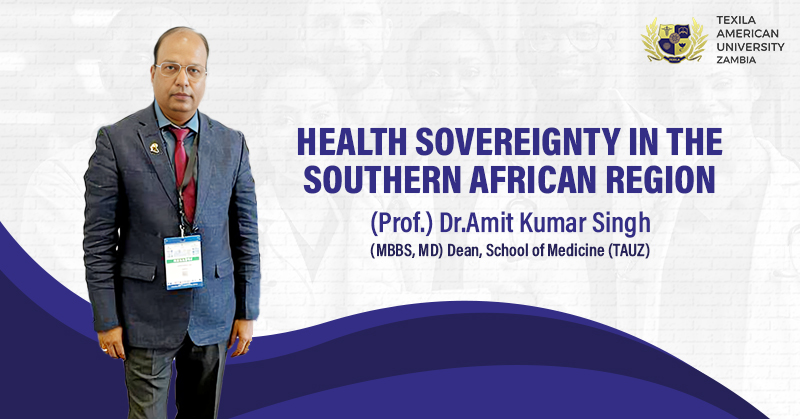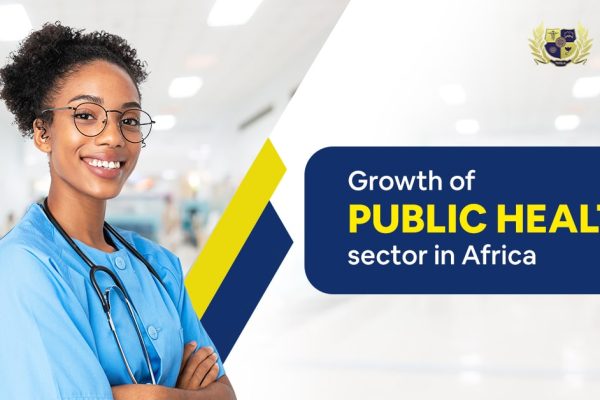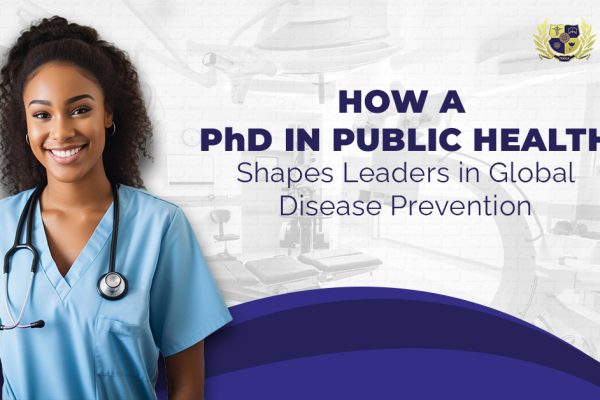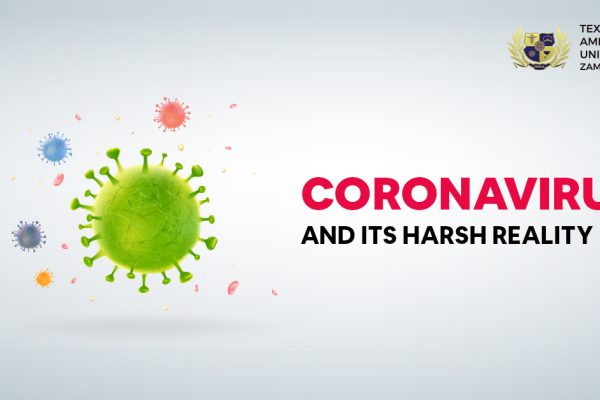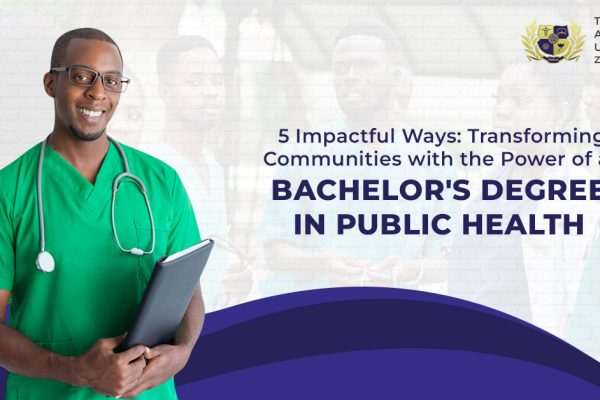|
Tired of Reading? Please listen to the blog
|
Blog Summary
The health index evaluates overall health and access to essential services in the Southern African region, considering health outcomes, system functionality, illness prevalence, risk factors, and mortality rates. Seychelles ranks highest in Africa, while countries like Malawi and Namibia outperform South Africa. Challenges include inadequate healthcare facilities, a shortage of medical professionals, and high disease burdens like HIV and hypertension. The doctor-to-patient ratio is alarmingly low, with many countries falling short of WHO recommendations. Enhancing medical education, establishing more medical schools, and focusing on preventive healthcare is crucial for improving health sovereignty in this region. Public-private partnerships could be a viable solution.
Evaluating Health Outcomes and Access to Services
The health index evaluates the overall health and access to essential services that ensure good health. This index encompasses various aspects such as health outcomes, functionality of health systems, prevalence of illnesses, risk factors, and mortality rates. It provides a comprehensive measure of how effectively people maintain their health and the quality of the healthcare services they receive. The top five countries of 2023 in the Health Index score are Singapore, Japan, South Korea, Taiwan and Israel. The lowest 5 countries on the index are the Central African Republic, South Sudan, Chad, Lesotho and Somalia.
The last 10 countries are all from the African Region. Seychelles holds the highest rank in the African continent, scoring 77.4. Malawi and Namibia hold better positions than South Africa in the South African Region. Zambia has a better Health Index score than Zimbabwe but not better than South Africa. The overall Health Index score is divided into three distinct areas of health, referred to as domains: Healthy People, Healthy Lives & Healthy Places. Healthy people and healthy lives make the place healthy. To achieve the desired score, the first thing that is needed is the healthcare delivery facility and the required human resources.
Healthcare Delivery and Human Resources in Southern Africa
The health delivery facility in the South African Region is mainly public. They are highly overburdened to cater to health needs. Human resources are also highly compromised; per the WHO recommendation, there should be one medical doctor in a population of 1000. Zambia has 1 doctor in 12000 population. The World Health Organisation (WHO) report reveals that Nigeria, Algeria and South Africa are the leading countries in Africa with the highest number of doctors. According to WHO, Nigeria has the top 74,543 doctors, Algeria has 72,604, and South Africa has 46.393 doctors.
However, most African countries still fall short in the doctor-to-patient ratio as the number of doctors per 10,000 people tells a different story. The population of Africa has been growing at a rate of 2.5% year-on-year over the last two decades. By 2050, it may reach 2.4 billion despite being served by only 2% of the total number of doctors worldwide. There are not enough medical doctors in Africa to meet the health demands of its growing population. On average, the ratio of doctors to patients is 1 doctor for 10,000 people.
Estimated figures show that Africa has a shortage of 2.3 million doctors and will increase to a shortage of around 4.3 million doctors by 2035. Mauritius leads other African countries with 27.13 doctors per 10,000 population. Seychelles is next, with 22.51 doctors per 10,000 population. Libya is third, with 20.9 doctors per 10,000 population. According to Holman and the other researchers, all is not well with Africa’s medical education that is expected to train doctors and other health professionals to cater for about 1.4 billion people experiencing 25% of the global disease. There is a need to establish more medical schools in the sub-Saharan region countries, and public-private partnerships can be a solution.
The existing government hospitals can be Upgraded to teaching hospitals and private sectors may be invited to establish medical schools to train doctors, nurses, and paramedical staff. Estimates suggest that the current training is insufficient even to maintain the current density of healthcare workers, and the shortage is likely to be made worse by the inability of the medical education systems to deal with the impacts of the COVID-19 epidemic. Healthy Lives means being healthy and having a complete sense of well-being. WHO defines health as A state of complete well-being: Physical, Mental and Social. Healthcare facilities should not be limited to curative healthcare. Prevention is always better than cure.
Preventive Healthcare and Health Education
The cost of prevention is much lower in comparison to cure. The focus should be preventive, promotive, and curative healthcare delivery systems. In this part of the world, the need for health education and awareness programs is much greater. The top nine countries with the highest prevalence of HIV (Adults) in the world are from the southern African Region: Eswatini, Lesotho, Botswana, and Zimbabwe have a prevalence of more than 20%, according to the African region faces a growing burden of harmful alcohol consumption and its devastating effects. No other consumer product as widely available as alcohol contributes to as much premature death and disability.
Alcohol significantly contributes to risky sexual behaviours, such as unprotected sex and multiple partners, which heighten the risk of sexual assault. These behaviours can lead to unintended pregnancies and sexually transmitted infections (STIs) like human papillomavirus (HPV) and HIV. HPV is a significant concern in the region, being the primary cause of cervical cancer.
Additionally, alcohol consumption increases the risk of cancers of the liver, breast, colon, oesophagus, throat, and mouth. It also contributes to severe health conditions, including hypertension, heart attacks, and strokes, which are prevalent in the region. Alcoholic hepatitis and liver scarring are other severe consequences of alcohol use. In Zambia, around 49.3% of the population over 15 engaged in heavy drinking (five or more drinks) at least once in the past month, with rates of 60.1% for men and 24.8% for women.
According to the 2018 Euromonitor Report, Zambia has the most significant per capita alcohol consumption. As per Demographic Health Survey (DHS) data, there is a high prevalence of alcohol consumption in Rwanda (76%), Madagascar, Uganda and Lesotho (54%). There were the highest rates of addiction in Ethiopia (30%) and Rwanda (17.4%) and the lowest in Madagascar (0.3%). Hypertension is also a disease for which the population needs to be made aware as the disease is termed “The SilentKiller.” The WHO’s African region has the highest rate of hypertension (27%). It is estimated that 46% of adult patients with hypertension are not aware they have the illness.
Adults with hypertension are diagnosed and treated for less than half of them (42%). Hypertension is a severe medical issue that significantly increases the peril of heart, brain, kidney, and other diseases. In this RegionRegion of the world, there is a need for primordial and primary prevention of diseases, which can be achieved by training Community health workers, who can reach the lowest level of the health care delivery system and, with the supported resources they can implement the health awareness programmes which can lower the burden of diseases as well as it will help in preventing the risk factors and secondary burden to the hospitals which are already struggling in providing the demand.
Healthy Places incorporates social and environmental factors about a group of people that put health at stake. These are closely related to circumstances that can influence the outcome of health. Society is another aspect that influences mental health; Africa has 1·4 mental health workers for every 100 000 persons—considerably below the global average of 9·0 per 100 000; it is also faring relatively poorly in terms of the number of psychiatrists, the number of beds in hospitals for those suffering from mental illnesses, and the availability of outpatient clinics.
Partly as a result of this, the numbers of Africans who get treatment for mental health problems are too few. While the global number of outpatient visits to mental healthcare facilities is 1051 per 100,000 people annually, in Africa, it is 14 out of 100,000.
For instance, it is estimated in Sierra Leone that the treatment gap for formal mental health services is 98·8%. Zambia is landlocked and bordered by five cholera-endemic countries in the Cholera belt in Africa. Specifically, it includes Malawi and Mozambique to the east, DRC and Tanzania to the north, and Zimbabwe to the south. All are facing an occurrence of frequent outbreaks of cholera, and some of them are with an acute ongoing outbreak of cholera.
Cholera mainly strikes and spreads in areas infected with bad water treatment, inadequate sanitation, and poor hygiene. A person can acquire cholera mainly by drinking water or consuming food contaminated with choleraic bacteria. Although sub-Saharan Africa’s water supply and sanitation access has steadily improved over the last two decades, The area continues to fall behind other developing regions.
Access to improved water supply increased from 49% in 1990 to 68% in 2015, while access to improved sanitation only rose from 28% to 31% in that period. Sub-Saharan Africa did not meet the Millennium Development Goals (MDGs, 1990–2015) of halving the share of the population lacking access to Sanitation and safe, clean drinking water available from 1990 to 2015. Significant disparities exist among sub-Saharan African countries and urban and rural areas. The MDGs set international targets to reduce inadequate water sanitation and hygiene (WASH) coverage, and new targets now exist under sustainable development.
Targets (adopted from SDGs, 2016–2030). The MDGs aim to cut by half the share of the population that doesn’t have access to clean water and adequate sanitation. At the same time, the goal of the SDGs is access for all populations without any discrimination or neglect, entailing progressive elimination of disparities and including hygiene as an additional element to water and sanitation. The Sustainable Development Goals (SDGs), or, in other words, Global Goals, is a worldwide call to ensure peace and prosperity, protect the environment, and end poverty so that all people will enjoy it by 2030, according to the United Nations. SDGs in this region can only be achieved through social engineering and improved public health facilities.
(Prof.) Dr. Amit Kumar Singh (MBBS, MD)
Dean, School of Medicine
Texila American University
Lusaka, Zambia

